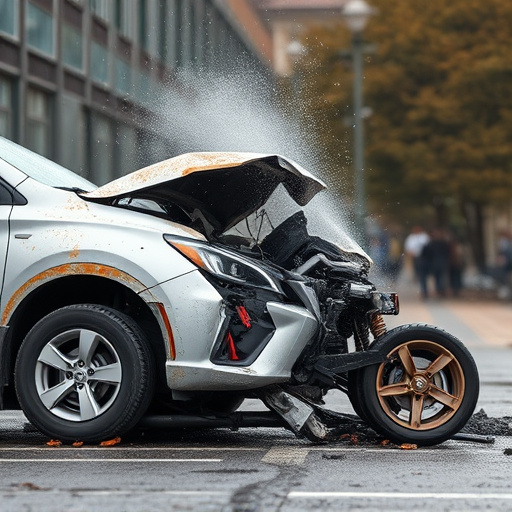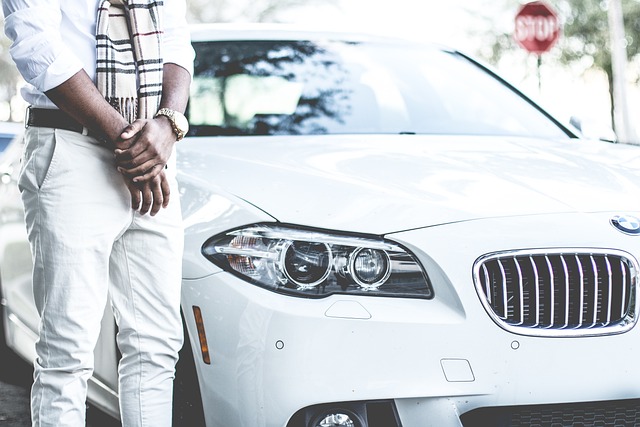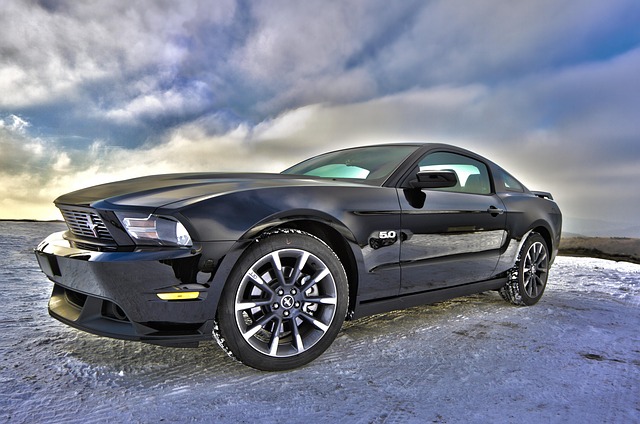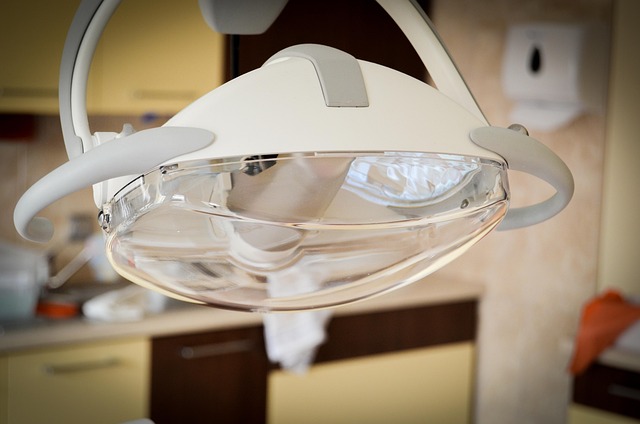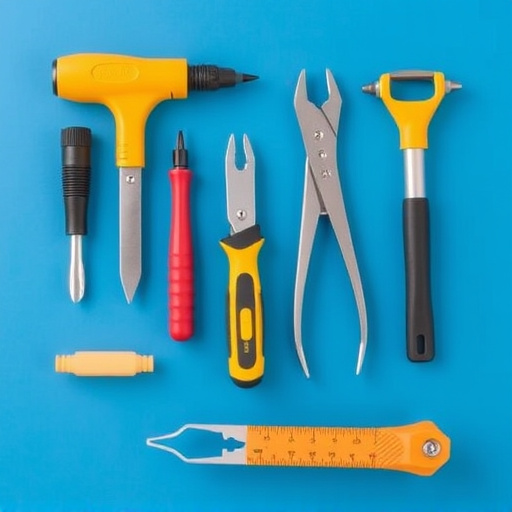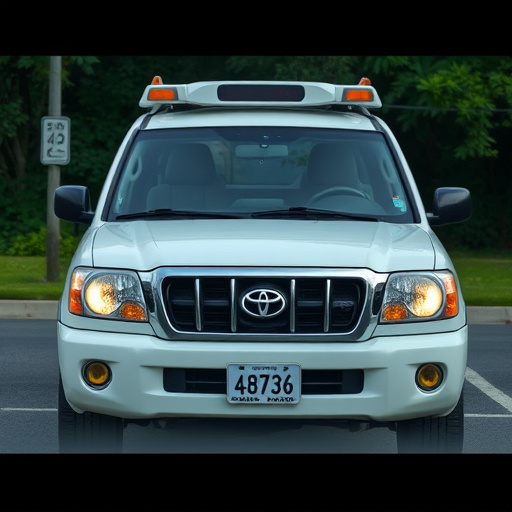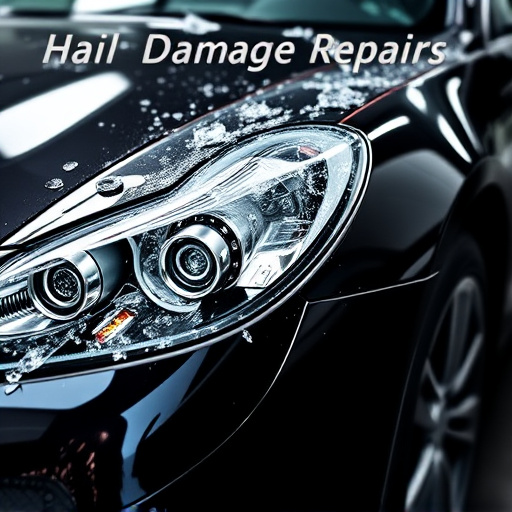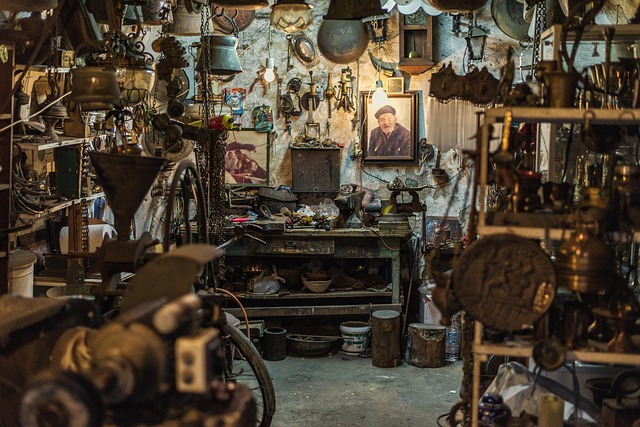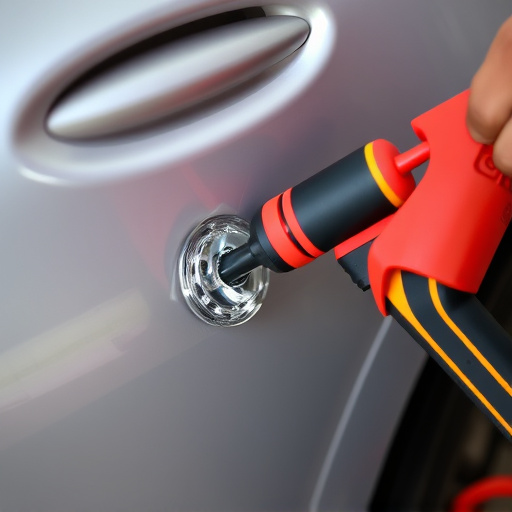Sun exposure can cause significant damage to Mercedes Pearl Effect paint, leading to discoloration and cracking. Repair services use specialized techniques like touch-up paints or paintless dent repair to restore damaged panels. Restoration involves washing, inspecting, sanding, priming, matching color with automotive kits, applying pearl paint, and touching up imperfections for a like-new finish.
Mercedes Pearl Effect finishes are renowned for their exquisite, glossy allure—but sun damage and discoloration can dim their sparkle. This guide delves into the art of repairing and revitalizing your Mercedes’ pearl effect coating. Understanding the unique characteristics of this finish, we’ll explore common damage caused by UV exposure and how to assess its severity. Armed with knowledge, you’ll discover a step-by-step approach to restoring its original luster, complete with expert tips for long-lasting protection against future sun damage.
- Understanding Mercedes Pearl Effect and Common Damage
- Evaluating Sun Damage and Discoloration Severity
- Restoring Pearl Effect: Step-by-Step Guide and Tips
Understanding Mercedes Pearl Effect and Common Damage
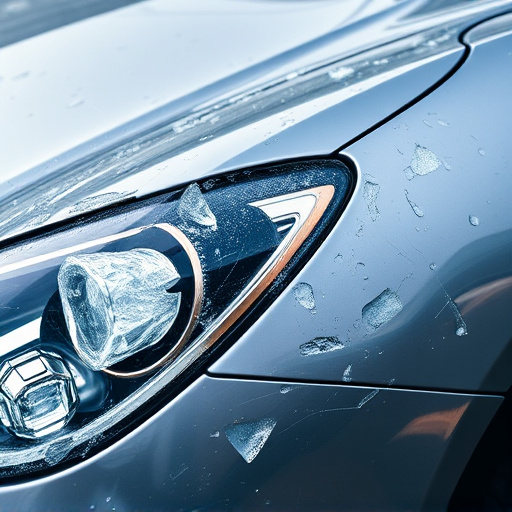
The Mercedes Pearl Effect is a unique and distinctive finish known for its mesmerizing, iridescent qualities that resemble pearl or shell. This effect is achieved through a specialized painting process, creating a glossy, three-dimensional surface. However, this exquisite finish can be susceptible to damage from various factors, especially sun exposure. Over time, excessive sunlight can cause discoloration, fading, and even surface cracking, impacting the car’s overall aesthetics.
Common issues with Mercedes Pearl Effect include discoloration, where the once-vibrant shades turn patchy or dull, and UV radiation breaks down the paint’s durability. This type of damage is often noticeable on exterior panels, such as fenders, doors, and hoods, which are more exposed to the elements. To restore these vehicles to their former gleam, auto body repairs focused on pearl effect restoration and Mercedes pearl effect repair services become invaluable. These specialized body shop services aim to revive the car’s original appearance by addressing sun damage and discoloration through meticulous techniques tailored for this specific finish.
Evaluating Sun Damage and Discoloration Severity
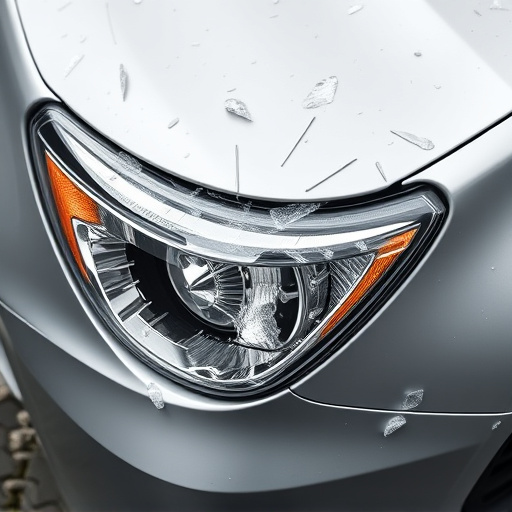
Evaluating the severity of sun damage and discoloration is a crucial step in determining the most effective Mercedes pearl effect repair method. This process involves carefully examining the affected area for various indicators, such as the depth of discoloration, extent of surface damage, and overall integrity of the paintwork. Light and dark spots, faded colors, and uneven textures are common signs of sun damage.
Milder cases might only require a simple touch-up using specialized pearl effect paints designed to match the vehicle’s original finish. For more severe discoloration or damage, such as deep cracks or chips, a comprehensive paintless dent repair technique could be necessary. This involves skilled technicians using special tools to reshape and refinish the affected panel without the need for sandpaper or traditional painting methods, ensuring minimal disruption to the pearl effect finish and enhancing the overall aesthetic of the Mercedes’ exterior in auto maintenance.
Restoring Pearl Effect: Step-by-Step Guide and Tips
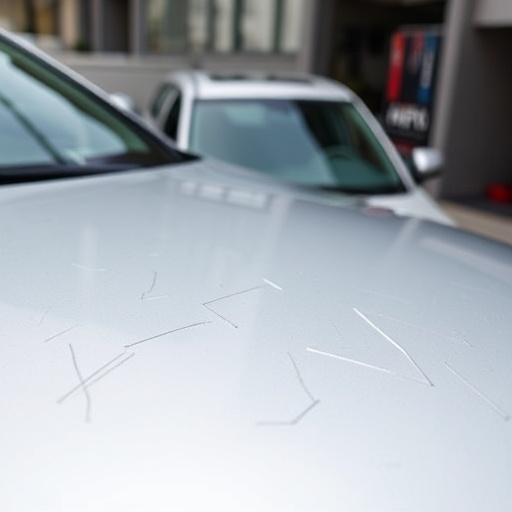
Restoring a Mercedes pearl effect finish requires careful attention and the right techniques. Here’s a step-by-step guide to help you achieve a like-new look for your vehicle:
1. Preparation: Begin by washing and drying your car thoroughly. This ensures no dirt or grime remains, which could scratch the surface during repair. Next, inspect the damaged area for extent of discolouration or sun damage. If the pearl effect is cracked or peeling, take this as a sign that deeper repair might be needed.
2. Sand and Clean: Using fine-grit sandpaper, gently sand the affected area to smoothen out rough spots and remove any remaining damaged paint. After sanding, thoroughly clean the area with an automotive-grade cleaner to eliminate any dust or debris. This step is crucial for a successful Mercedes pearl effect repair.
3. Apply Primer: Prime the surface using a high-quality automotive primer specifically designed for pearl finishes. This provides a fresh base and ensures better adhesion of the new paint. Allow the primer to dry completely as per the manufacturer’s instructions.
4. Paint Matching: Mix your chosen Mercedes pearl effect colour using an auto body repair kit, ensuring a precise match with your car’s original finish.
5. Application: Using a fine-tipped brush or spray gun, carefully apply the pearl paint, following the direction of the existing finish for a seamless look. For best results, work in small sections, allowing each coat to dry slightly before applying the next.
6. Final Touches: Once the final coat is dry, inspect your work and ensure even coverage. If needed, touch up any imperfections with a fine-grit sandpaper and another light coat of paint.
Mercedes Pearl Effect repair is a specialized process that can restore the vehicle’s original gloss and elegance, addressing sun damage and discoloration effectively. By understanding the unique properties of the Pearl Effect finish and following a systematic approach for repair, car owners can achieve remarkable results. With careful evaluation and a step-by-step guide, you can now tackle common issues, ensuring your Mercedes retains its vibrant, lustrous appearance. Implement these tips for successful Mercedes pearl effect repair and maintain your vehicle’s striking exterior.

